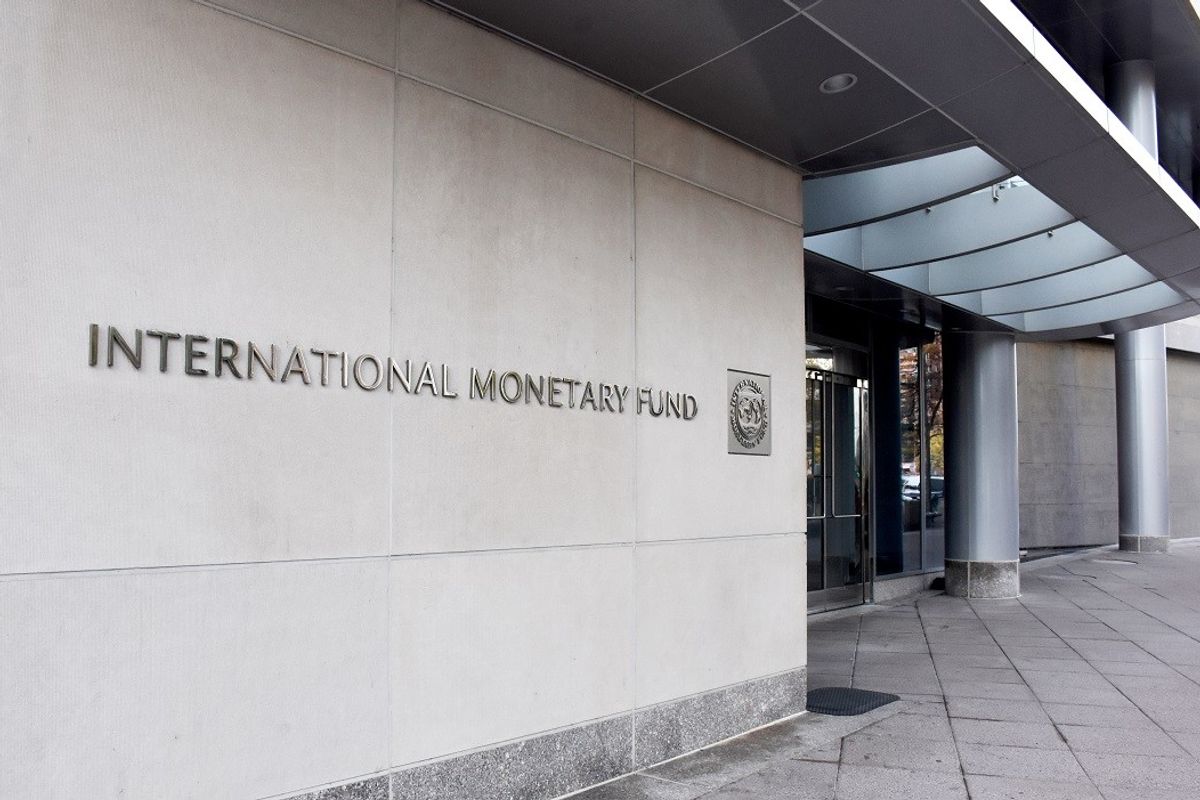Global economy shows resilience but faces rising risks, warns IMF
The international lender revised its global growth forecast upward to 3.0% for 2025, from its earlier estimate of 2.8%
Business Desk
The Business Desk tracks economic trends, market movements, and business developments, offering analysis of both local and global financial news.

Despite ongoing trade tensions and geopolitical uncertainties, the global economy has shown signs of resilience, the International Monetary Fund (IMF) said in its latest economic outlook released today.
Addressing the media, Pierre-Olivier Gourinchas, IMF’s economic counsellor and director of research, highlighted key factors helping sustain global growth, while cautioning that the underlying outlook remains fragile and vulnerable to further shocks.
The report comes amid shifting global trade dynamics. After an aggressive hike in tariffs earlier this year, the United States reversed course in April, temporarily suspending higher tariffs for most of its trading partners. Tensions with China also eased modestly in May. As a result, the U.S. effective tariff rate dropped from 24% to around 17%.
While the de-escalation helped reduce short-term uncertainty, Gourinchas emphasized that tariffs remain historically high, and global trade policy is still “highly uncertain”, with only a handful of comprehensive trade agreements in place.
“This modest decline in trade tensions has contributed to the resilience of the global economy so far but it is fragile and could quickly unravel,” he warned.
Growth outlook upgraded, but risks loom large
The IMF revised its global growth forecast upward to 3.0% for 2025, from its earlier estimate of 2.8%. Growth for 2026 is now expected at 3.1%, also slightly higher than April projections.
Several factors supported the revision, including front-loading of exports to the U.S. in early 2025 which boosted output in Europe and Asia, looser financial conditions and easing global inflation which created room for growth, and the U.S. dollar weakening by 8% since January, improving export competitiveness for some countries.
Still, Gourinchas underscored that global growth remains below its pre-COVID average and pointed to a persistent downtrend in global trade. Trade as a share of global output is projected to decline from 57% in 2024 to 53% by 2030.
“The trade shock may be smaller than feared, but it is still sizeable,” he said. “Compared to our pre-April forecast, global growth has been revised down by 0.2 percentage points for this year.”
Uncertainty ahead
One of the IMF’s major concerns is the potential expiration of the U.S. tariff pause on August 1. If tariffs return or trade agreements falter, IMF models estimate a 0.3% drop in global output by 2026.
The report also cautions that the stockpiling of exports seen earlier this year may leave firms vulnerable if consumer demand fails to follow through.
Gourinchas also noted that U.S. import prices have remained flat or increased, signaling that tariff costs may soon be passed to American consumers through higher retail prices.
Inflation pressures and fiscal fragility
While global inflation is generally easing, price pressures in the U.S. are gradually building again. Compounding the challenge, many countries still carry high public debt and elevated deficits, leaving them exposed to shocks from financial tightening.
“The combination of high debt and limited fiscal space is a growing concern,” Gourinchas said. “Especially if central bank independence comes under threat—a critical pillar for price stability.”
The IMF laid out four key policy recommendations to safeguard the global recovery: stabilizing trade policy, protecting central bank independence, rebuilding fiscal space, and boosting productivity through reform.
As global growth remains tepid and trade disruptions linger, Gourinchas urged global policymakers to act decisively: “Now is the time for smart, collaborative action to protect the gains we’ve made and to secure the recovery.”










Comments
See what people are discussing